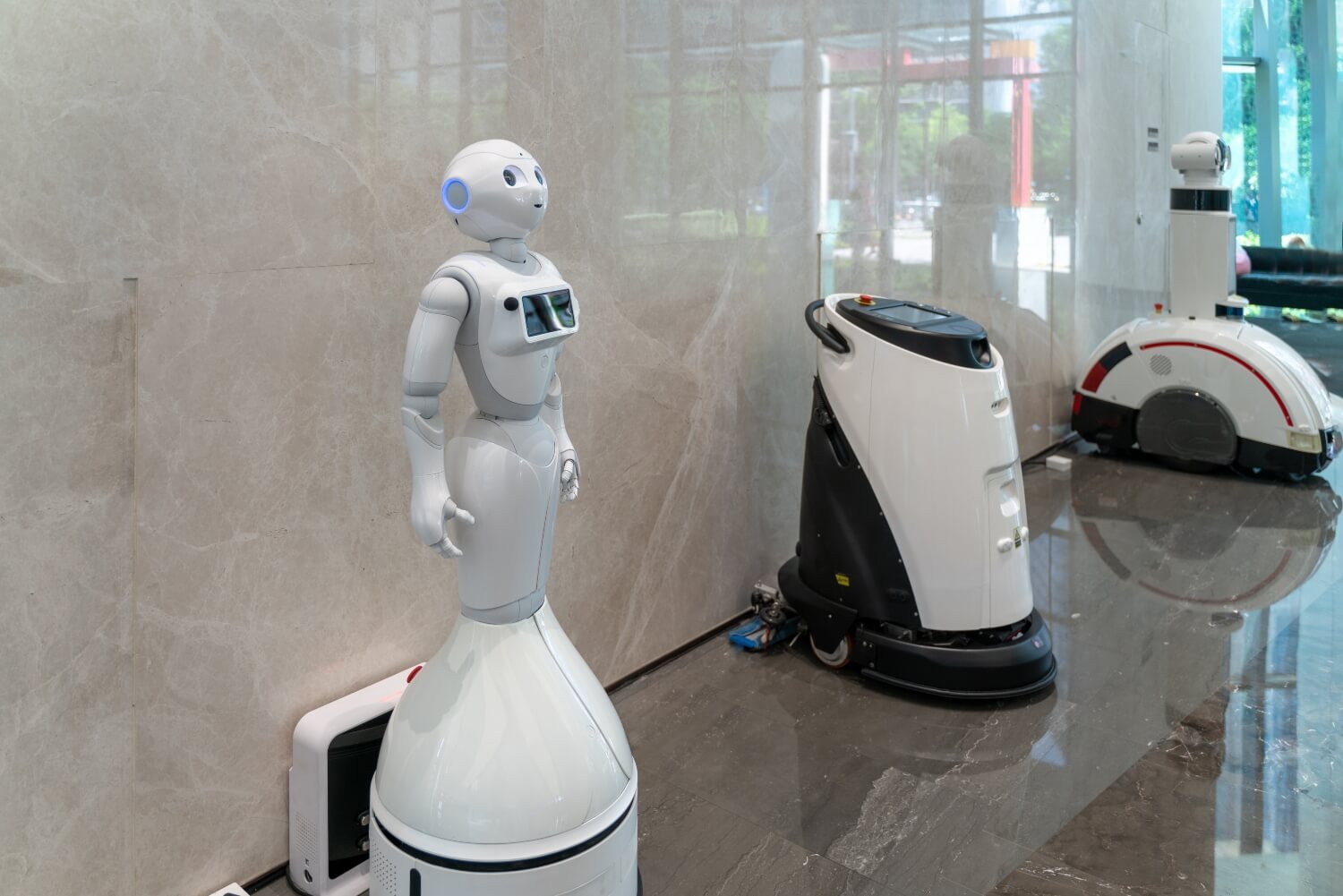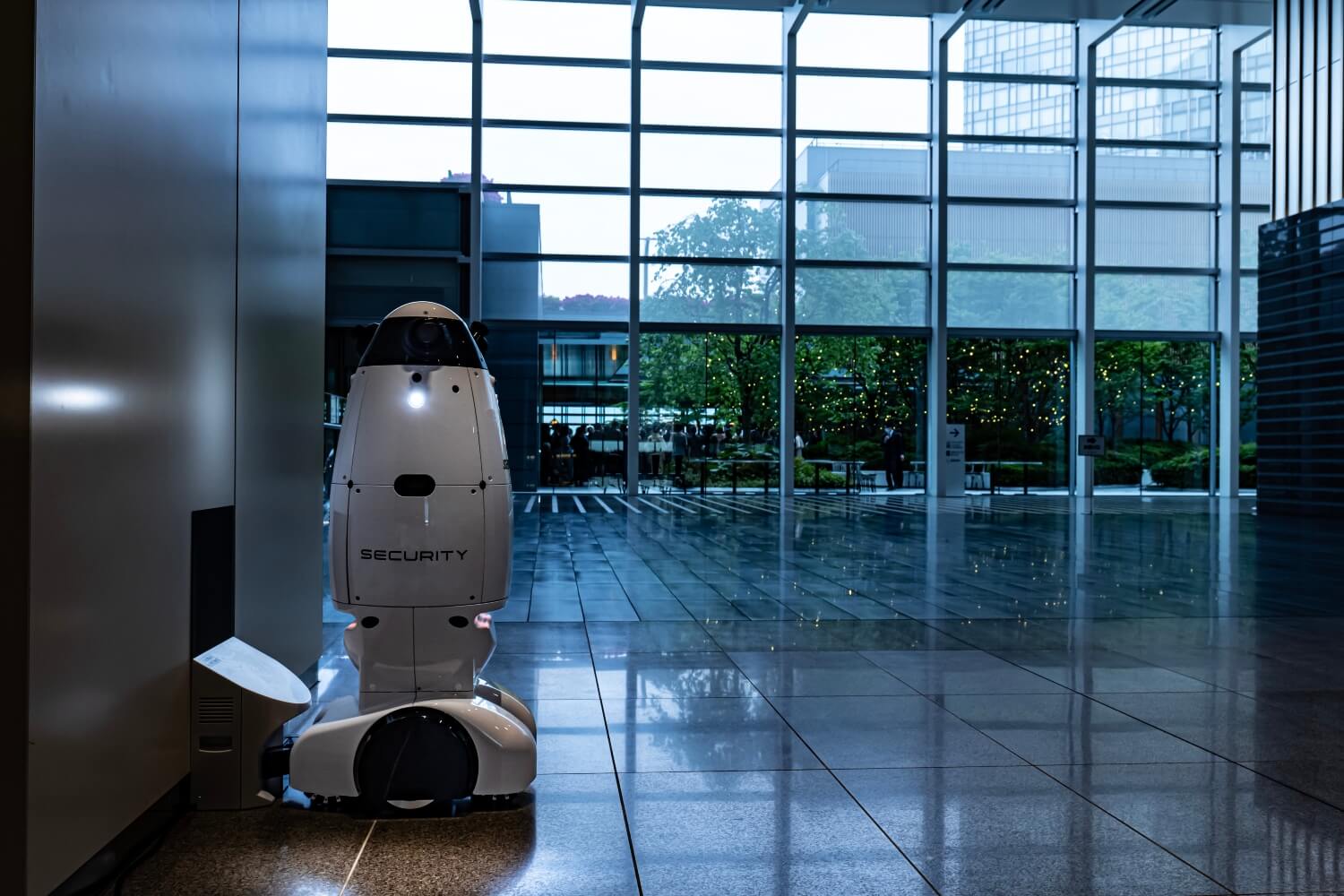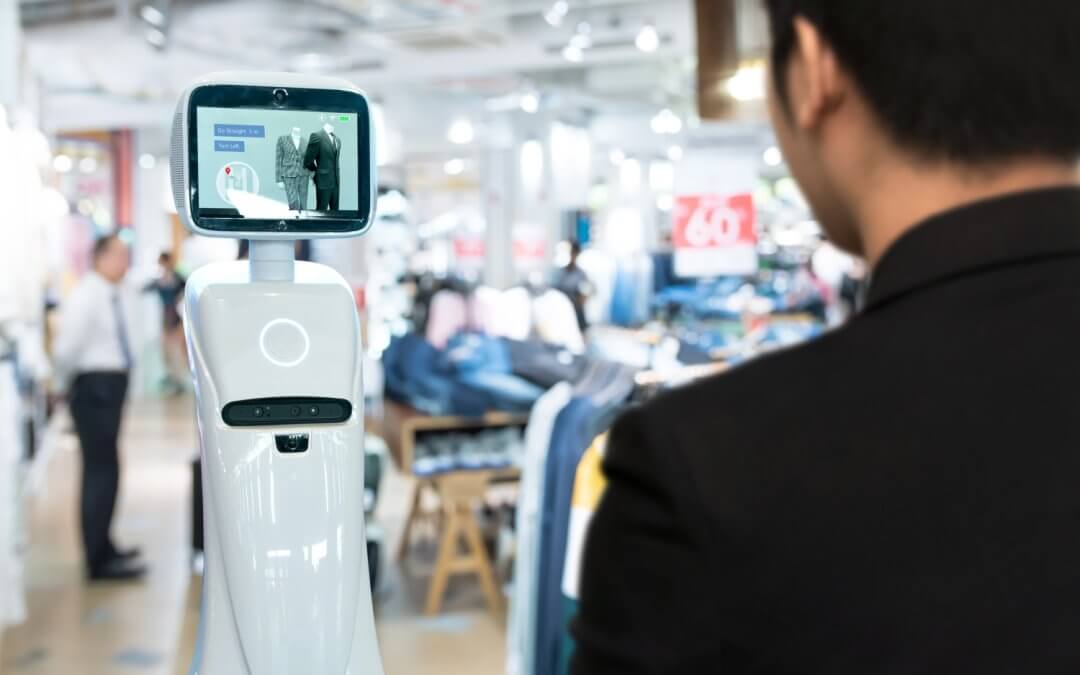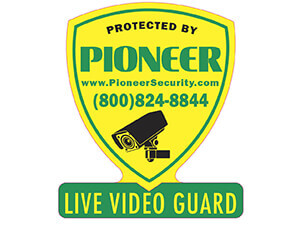Security teams face challenges such as labor shortages, blind spots in surveillance, and delayed response times during critical incidents. Manual patrols and static cameras often fail to provide comprehensive, 24/7 protection.
Autonomous security bots solve this problem by patrolling areas continuously, detecting threats using advanced sensors, and alerting human personnel in real time. These AI-powered machines enhance operational efficiency, reduce costs, and improve overall security posture.
What Are Autonomous Security Bots?
Autonomous security bots are AI-driven robots designed to patrol and monitor environments without direct human control.
-
Subject: Autonomous bot
-
Predicate: Patrols
-
Object: Facility or property autonomously
These bots combine mobility, advanced sensors, machine learning, and real-time communication to perform continuous surveillance. Unlike stationary cameras, they move through designated areas, detect anomalies, and send instant alerts.
Key Characteristics of Autonomous Security Robots
-
Use computer vision and LiDAR to detect obstacles and threats
-
Operate continuously without fatigue or human supervision
-
Integrate with existing security management systems
-
Provide two-way communication for live interaction
-
Capture 360-degree video feeds for comprehensive monitoring
Companies adopting autonomous bots report a 40–60% improvement in patrol coverage and a reduction in incident response time.
How Do Autonomous Security Bots Improve Security?
Deploying autonomous bots strengthens security operations through several capabilities.
1. Continuous 24/7 Patrol Coverage
Unlike human guards limited by shift hours, bots patrol properties day and night without breaks. They follow pre-defined routes or dynamically adjust paths based on detected threats.
-
Example: A corporate campus uses ground-based robots to secure parking lots and entry points continuously.
-
Autonomous coverage reduces blind spots and increases deterrence against unauthorized entry.
2. Real-Time Threat Detection
Bots process data locally using AI to identify unusual behavior, intrusions, or hazards. Advanced sensors detect motion, temperature changes, and even chemical leaks.
-
Example: Bots at a manufacturing plant identified overheating machinery before it caused a fire.
-
Threat detection latency is reduced to under 1 second, allowing faster intervention.
3. Integration with Surveillance Systems
Security robots connect with CCTV networks, alarm systems, and access control solutions. They act as mobile nodes that fill coverage gaps and enhance existing infrastructure.
-
Integration enables seamless incident management where bots transmit live feeds to a central control room.
-
They can trigger automated door locks or alarms upon detecting unauthorized access.
4. Improved Situational Awareness
Bots provide high-definition, 360-degree views from different angles not covered by fixed cameras. They navigate autonomously around obstacles, ensuring no area is left unchecked.
-
In large warehouses, bots detect perimeter breaches and follow intruders while streaming live video to security staff.
-
Multiple robots coordinate to cover multi-building campuses simultaneously.
5. Enhanced Safety for Human Guards
Autonomous bots handle hazardous patrol zones like poorly lit areas, chemical storage sites, or high-crime neighborhoods. This reduces risks for human guards while maintaining full coverage.
-
Security teams can remotely operate or issue commands to robots if needed.
-
Bots serve as first responders, alerting human guards only when intervention is required.
Technologies Enabling Autonomous Security Robots
 Technologies Enabling Autonomous Security RobotsTechnologies Enabling Autonomous Security Robots
Technologies Enabling Autonomous Security RobotsTechnologies Enabling Autonomous Security Robots
Advanced technologies make these bots reliable and intelligent for real-world security operations.
AI and Machine Learning
-
Recognize faces, license plates, and abnormal behaviors
-
Continuously learn from past incidents to improve detection accuracy
Sensor Fusion
-
Combine LiDAR, ultrasonic sensors, and infrared cameras
-
Create 3D environmental maps for precise navigation and obstacle avoidance
Edge Computing
-
Process video and sensor data locally on the bot
-
Enable instant threat recognition without relying on cloud servers.
Autonomous Navigation Systems
-
SLAM (Simultaneous Localization and Mapping) guides movement
-
Bots adapt routes based on real-time environmental changes
IoT Connectivity
-
Communicate with control centers and integrated security devices
-
Send alerts and receive commands instantly over secure networks
Use Cases of Autonomous Security Bots
Autonomous bots enhance security across industries by automating patrols and improving threat response.
Industry |
Use Case |
Security Benefit |
|
Corporate Offices |
Lobby patrol, parking lot monitoring |
Increased employee safety and intrusion prevention |
|
Healthcare |
Restricted-area monitoring, patient safety |
Protects sensitive zones and reduces human exposure |
|
Manufacturing |
Hazardous zone surveillance |
Detects risks like gas leaks or overheating equipment |
|
Logistics & Retail |
Warehouse patrolling, inventory protection |
Prevents theft and ensures operational continuity |
|
Public Spaces |
Crowd monitoring, suspicious activity alerts |
Enhances public safety in real time |
Additional examples include airports using bots to detect unattended luggage, schools deploying robots for perimeter security, and government facilities monitoring sensitive outdoor areas.
Challenges of Deploying Autonomous Security Bots
Implementing robotic security solutions involves addressing specific challenges.
-
Initial investment: Advanced bots and docking stations require capital expenditure.
-
Maintenance and charging: Robots need routine checks and recharging cycles.
-
Network dependency: Stable wireless connectivity is essential for real-time data sharing.
-
AI limitations: Some environments pose challenges for machine vision accuracy.
-
Human-robot interaction: Staff training is necessary to operate and manage bots effectively.
Organizations overcome these hurdles through phased rollouts, robust network infrastructure, and continuous AI model training.
Best Practices for Implementing Security Bots

Successful deployment requires careful planning and operational adjustments.
-
Conduct site analysis: Map routes, identify blind spots, and assess environmental hazards.
-
Define patrol protocols: Set schedules, route variations, and response procedures.
-
Integrate systems: Ensure bots connect with existing alarms and access controls.
-
Train staff: Teach operators to interpret bot data and issue commands when necessary.
-
Monitor performance: Use video analytics dashboards to measure patrol effectiveness and detection rates.
-
Scaling plan: Design infrastructure to support multiple robots working in coordinated zones.
Companies following these practices report smoother implementation and up to 35% cost savings compared to traditional guard services.
Frequently Asked Questions
How do autonomous security bots navigate complex environments?
They use LiDAR, cameras, and SLAM algorithms to map surroundings, detect obstacles, and move safely through various terrains.
Can these bots replace human security guards completely?
No. Bots complement human guards by handling repetitive patrols and hazardous areas while humans make complex judgment calls.
How do robots handle power and charging?
Most units have autonomous docking stations that recharge batteries automatically during non-patrol hours.
Are security bots effective in outdoor environments?
Yes. Outdoor models are weather-resistant, equipped with night vision, and capable of handling rough terrain and temperature variations.
What is the ROI of adopting security robots?
Organizations see improved threat detection, reduced labor costs, and fewer incidents, leading to up to 50% operational efficiency gains within the first year.
Strengthen Security with Autonomous Bots Through Pioneer Security
Autonomous security bots revolutionize protection strategies by providing continuous patrols, real-time threat detection, and safer operations for human guards. With AI, sensor fusion, and autonomous navigation, these bots fill security gaps that traditional methods cannot address. Companies adopting robotic security solutions gain scalable, cost-efficient, and reliable protection.
Pioneer Security offers cutting-edge autonomous security bot deployments tailored to your facility’s needs. Contact us today to enhance your security infrastructure with intelligent robotic solutions.



